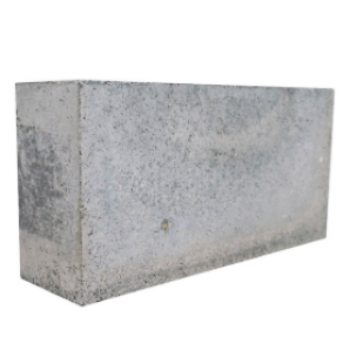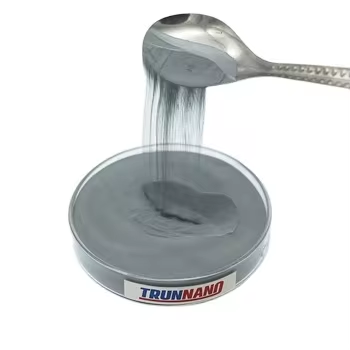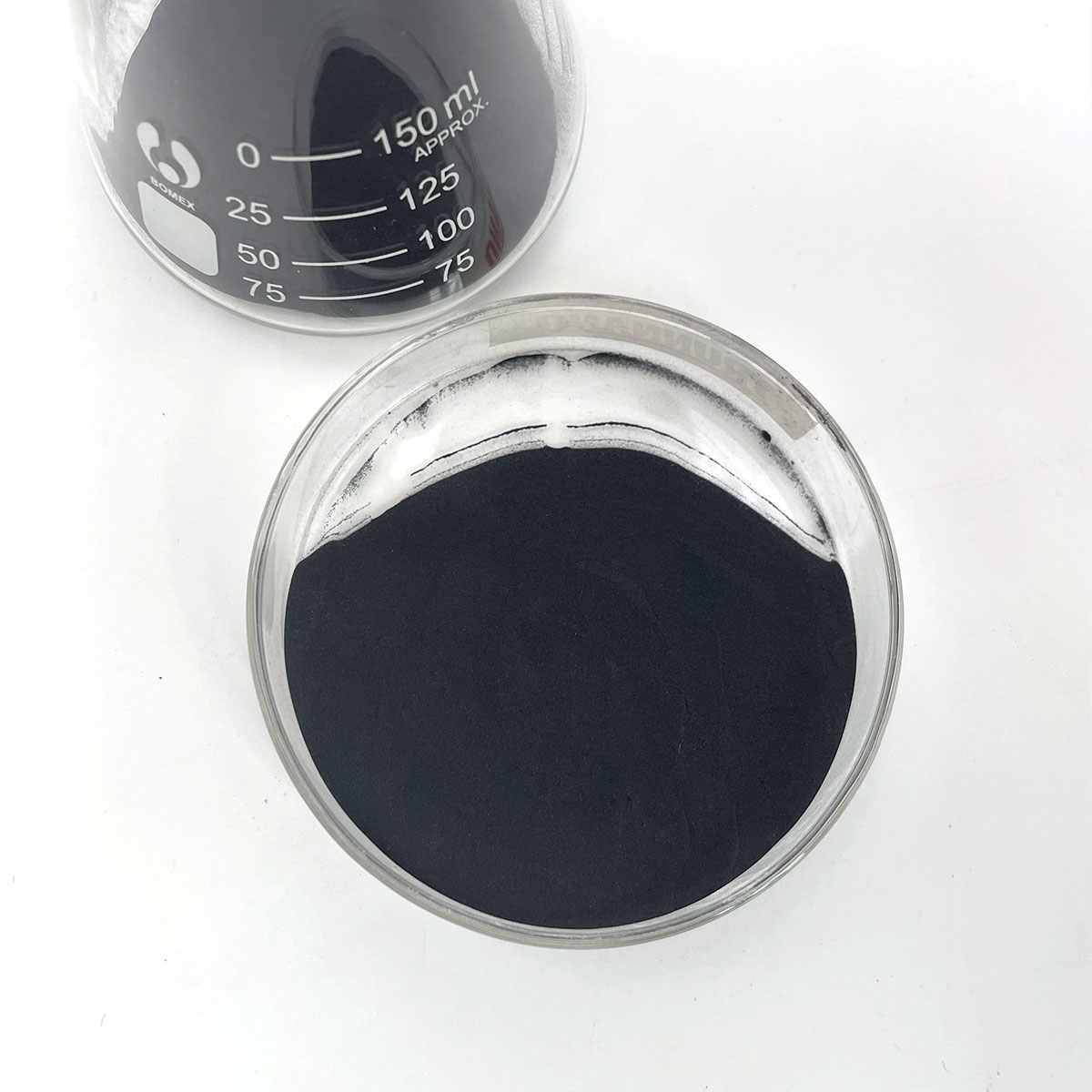Overview of Tantalum carbide powder
Metal powder is a common form of metal that has been processed into fine particles, ranging from a few micrometers to over 100 microns in diameter. It plays a crucial role in various industrial applications due to its unique properties and versatility.
Features of Tantalum carbide powder
Physical Characteristics
Particle Size: Ranging from nanometers to hundreds of micrometers, the size distribution significantly influences the powder’s flowability, packing density, and sintering behavior.
Shape: Particles can be spherical, irregular, flake-like, or dendritic, each shape affecting the final product’s mechanical properties and surface finish.
Purity: Depending on the production method, metal powders can achieve high levels of purity, critical for applications like electronics and aerospace where impurities can degrade performance.
Density: While less dense than their solid counterparts due to the presence of air between particles, metal powders can be densely packed during processing to approach the density of the solid metal.
Chemical Properties
Reactivity: Some metal powders, particularly aluminum and titanium, are highly reactive with air and moisture, necessitating careful handling and storage under inert atmospheres or vacuum.
Oxidation: Exposure to air can lead to surface oxidation, forming a passive layer that affects sintering and other processes. This can be managed through surface treatment or use of protective atmospheres.
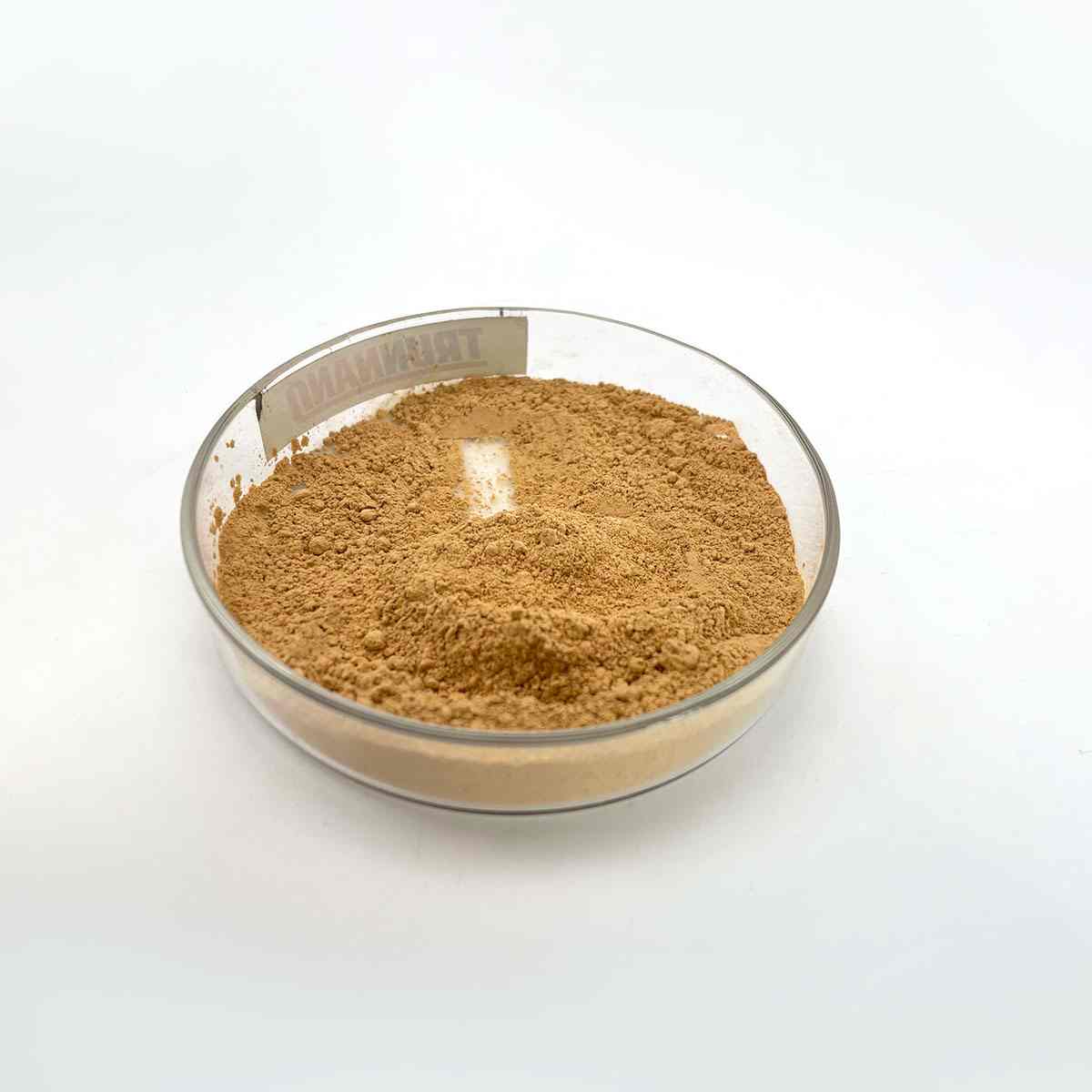
(Tantalum carbide powder )
Parameters of Tantalum carbide powder
Tantalum carbide (TaC) is a high-performance ceramic material that exhibits exceptional properties, making it an indispensable component in various industrial applications. This compound is formed by the combination of tantalum, a transition metal known for its strength and corrosion resistance, with carbon, a versatile element that imparts unique characteristics to the material.
The synthesis of tantalum carbide powder typically involves a chemical reaction between tantalum metal and elemental carbon at elevated temperatures under an inert atmosphere. The resulting powder particles are incredibly fine, with sizes ranging from submicron to micrometer scales, depending on the specific processing methods employed. These powders can be produced through techniques like sublimation, sintering, or mechanical milling, which influence their particle morphology and surface finish.
One of the key attributes of tantalum carbide is its exceptional hardness, rivaling that of diamond. It possesses a Vickers hardness of around 32 GPa, making it one of the hardest materials known. This hardness translates into excellent wear resistance, making it suitable for applications where abrasive environments or heavy loads are encountered, such as cutting tools, bearings, and high-speed machine components.
Another standout feature of TaC is its thermal stability. It maintains its integrity up to extremely high temperatures, reaching a melting point of approximately 3000°C, which is significantly higher than most metals. This property makes tantalum carbide ideal for use in high-temperature applications, including aerospace, nuclear, and power generation industries.
Electrical conductivity is another aspect where tantalum carbide excels. It has a moderate electrical resistivity, making it useful as a heat sink material in electronic devices or as a component in high-temperature electronic components. Additionally, TaC’s low coefficient of thermal expansion reduces the risk of mechanical stress during temperature fluctuations, enhancing its reliability.
Tantalum carbide also demonstrates good chemical stability, particularly against acids and alkalis, which makes it resistant to corrosion. This characteristic makes it suitable for applications in harsh chemical environments, such as in chemical processing equipment or fuel cells.
In terms of machinability, while tantalum carbide is harder than many conventional materials, it can still be processed using techniques like grinding, lapping, and electro-discharge machining. However, the need for specialized equipment and techniques highlights the importance of careful selection and optimization of processing parameters.
Despite its remarkable properties, tantalum carbide’s cost is generally higher due to the scarcity and expense of tantalum, a rare earth element. This factor limits its widespread adoption but does not negate its potential for niche applications where performance and durability are paramount.
In conclusion, tantalum carbide powder is a technologically advanced material with a unique combination of properties that make it stand out in demanding industries. Its exceptional hardness, thermal stability, electrical conductivity, and chemical resistance contribute to its suitability in applications ranging from aerospace to electronics. While its cost may present challenges, the benefits offered by tantalum carbide justify its consideration in high-performance and specialized applications.
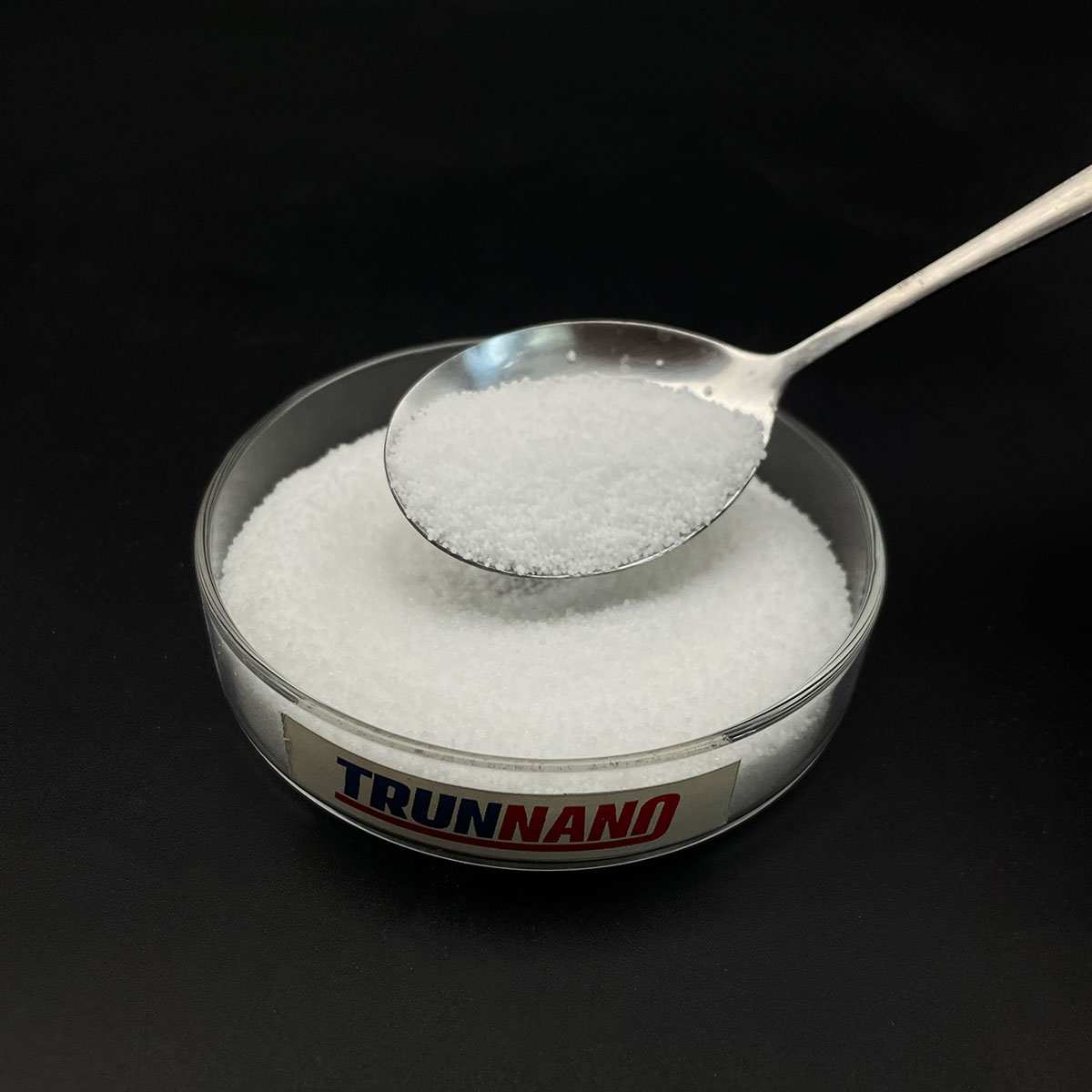
(Tantalum carbide powder )
FAQs of Tantalum carbide powder
Inquiry us

